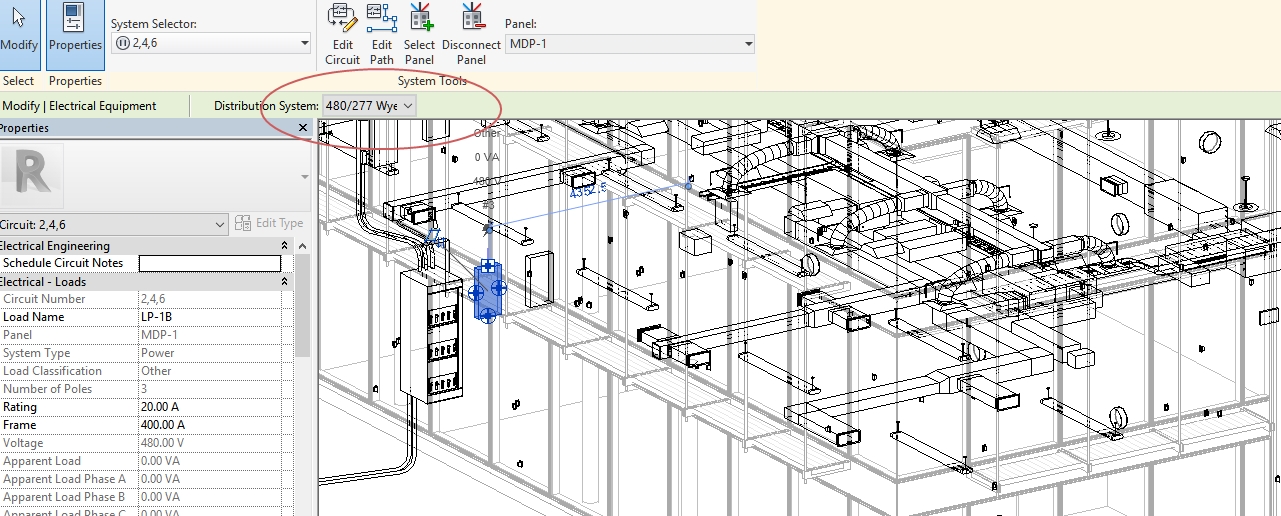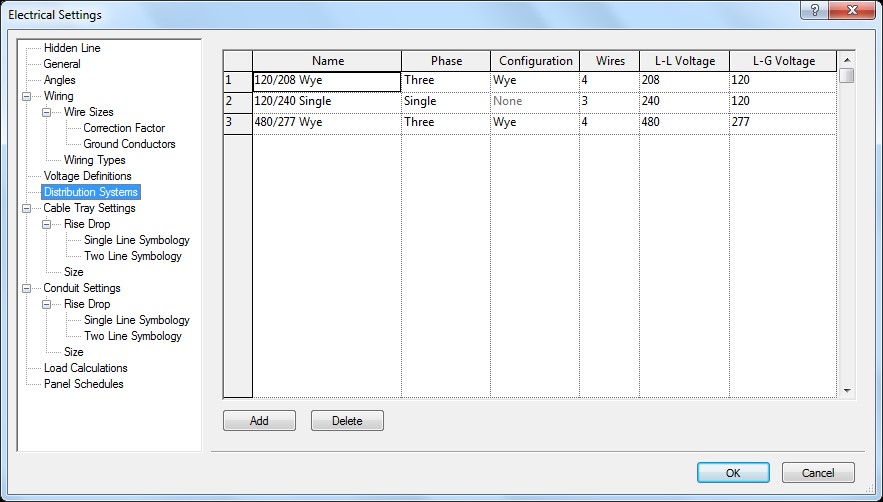It is important to remember that Revit associates all ceiling mounted light fixtures with ceilings. This means that to insert a ceiling mounted light fixture, it must be hosted by a ceiling element. The bottom of a floor will not work. You will also have to create all your ceiling elements in a reflected ceiling plan. It often makes sense to simply have your electrical plan be a reflected ceiling plan with the plan shown as an underlay. This will nicely show your plan greyed out. Gordonvale state high Select the reflected ceiling plan for the level you would like to make an electrical plan.
It is helpful to change the name of the view to include the term 'Reflected Ceiling Plan' or 'RCP', but when changing the name of the view, be sure to choose not to change the name of the level itelf in the dialogue box that will appear. It is fairly easy to create a ceiling. This can be done from the modelling 'tab'.

Once you have created your ceiling, the next thing to do is to move your ceiling to the underside of the floor (if you didn't already do this in the properties dialogue box when creating the ceiling). This is easily done by going to a section, and then moving your ceiling up to the underside of the floor above. If the ceiling isn't visible, select the 'Reveal Hidden Elements' lightbulb icon at the bottom left of the window.
You should now be able to add ceiling fixtures to your new ceiling. You may also want to add wall and other fixtures at this time, but you can wait until you've created the actual electrical plan view. Create a new floor plan. Pinterest nail art designs. Change the visibility to remove items that are not relevant to the electrical plan. You may want to change the Detail Level to Course and set the walls to fill in at this detail level. Critical to a successful electrical plan is getting your view range correct.
In the view properties, make sure that your view range 'sees' all the way up to the ceiling. Now you're ready to start adding components such as fixtures and switches. When drawing wires, use detail lines so that these lines don't appear in other views. If you are doing multiple units or rooms with same electrical plan, be sure to group the electrical components and then create an associated detail group for the wires (and labels if any).

Revit MEP Electrical will teach students to use Autodesk Revit MEP Electrical to model discipline specific MEP systems for real world applications. The instructor will use lecture, discussions, and hands-on practices (based on real customer scenarios) to teach students techniques for initiating a, recommended workflows and basic skills required to layout electrical systems, solving common issues, and use its tools to create and modify discipline specific MEP systems and parametric engineering components. Given a complete architectural building model (as a reference), the student will be able to produce a commercial BIM design that contains functional electrical systems. The student will then be able to extract 2D drawings for construction documents. Define electrical systems, including:.
Setup electrical settings and parameters. Place lighting fixtures and devices using industry best practices. Place receptacles and equipment using industry best practices. Create lighting, switch, and power circuits. Create panel schedules using industry best practices.

Revit Electrical Training
Create and utilize panel schedule templates. Demonstrate how to create and optimize power distribution in Revit MEP Electrical by taking advantage of the following:. Creating one-line diagrams from the BIM where possible. Creating Color-Fills / Legends. Identify Lighting (fc) Analysis and calculations, lighting, power & fixture schedule. Establish connections with mechanical equipment for cross-discipline coordination. Add wiring to equipment that has been circuited to a panel by means of:.
Revit Electrical Plan
Automatic Layout Tools. Manual Layout Tools. Design conduit and cable tray layouts using industry best practices.Note: The course topics are a guideline and class topics may be modified by the instructor based upon the class flow.